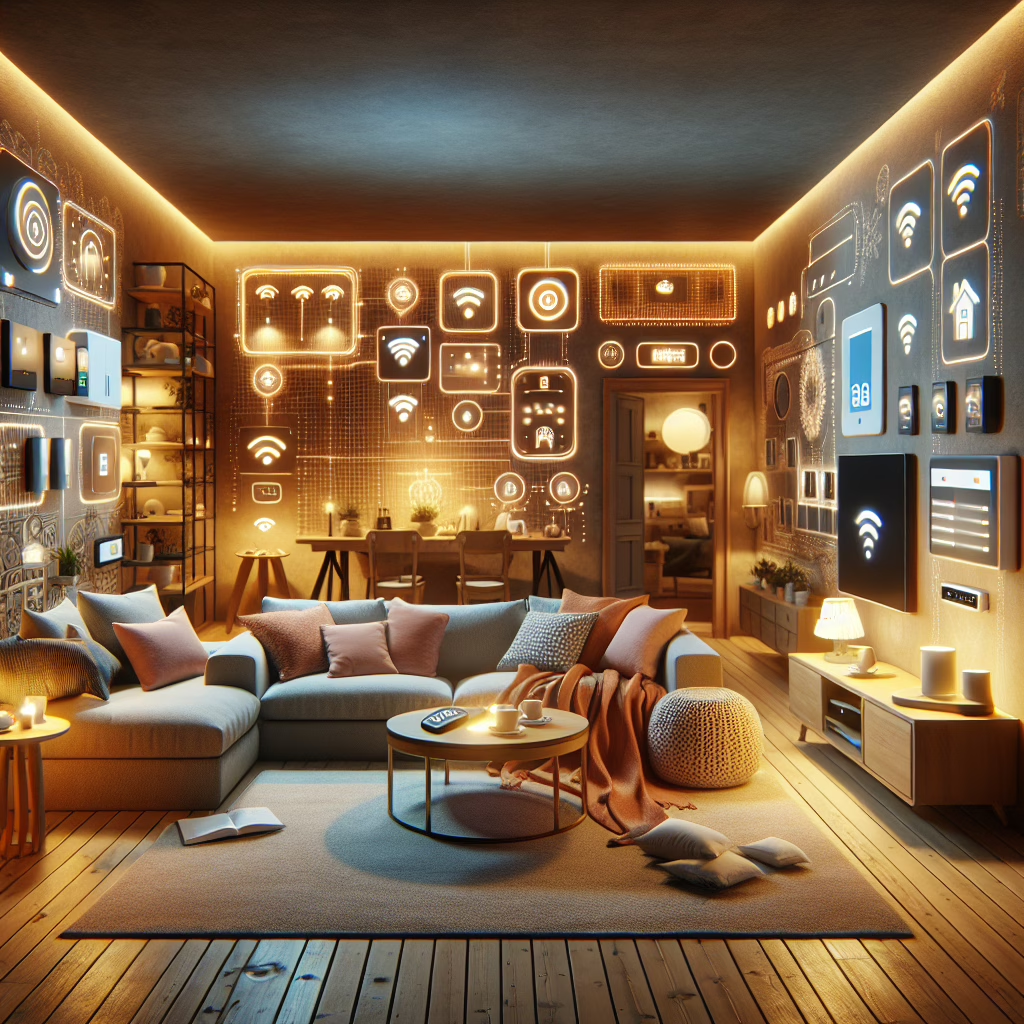In the ever-evolving world of smart home technology, one question lingers like a forgotten sock in the laundry: does Z-Wave still matter? This technology has been around longer than most of your favorite streaming series, yet it still manages to keep its head above water. Let’s dive into the murky waters of Z-Wave and see if it’s still swimming with the big fish or just floundering around in the shallow end.
Z-Wave: The Unsung Hero of Smart Homes
For those who might be wondering, Z-Wave is a wireless communication protocol designed for smart home devices. Imagine it as the friendly neighborhood postman, delivering messages between your gadgets without getting lost on the way. This nifty little technology allows everything from lights to locks to chat with each other seamlessly, making your home feel like something out of a futuristic movie.
But is it still relevant in 2025? You bet! Despite the rise of Wi-Fi and other protocols throwing their weight around, Z-Wave continues to hold its ground. Why? Well, let’s unpack that!
The Benefits of Z-Wave in Your Smart Home
Z-Wave boasts several advantages that keep it in the game. Here are some standout features:
- Low Power Consumption: Z-Wave devices sip energy like a fine wine, making them an eco-friendly choice for your smart home.
- Reliable Range: It operates on a frequency that allows for excellent range and penetration through walls—ideal for those who live in a fortress-like abode!
- Interoperability: With thousands of certified devices available, you can mix and match like a pro DJ at a wedding.
These benefits create a solid case for keeping Z-Wave on your radar when building your dream smart home.
Challenges Facing Z-Wave Technology
While Z-Wave struts its stuff with confidence, it’s not without its challenges. Competition from Wi-Fi-based solutions looms large. Sure, Wi-Fi is ubiquitous and offers higher speeds; however, it’s not always reliable for every device. Picture this: you’re trying to unlock your front door with an app, but your Wi-Fi is acting more like a moody teenager than a reliable connection. Frustrating, right?
Moreover, as more manufacturers jump onto the IoT (Internet of Things) bandwagon, compatibility issues can arise. You wouldn’t want your smart light bulb refusing to talk to your smart lock, would you? That could lead to some awkward moments during dinner parties!
Why Z-Wave Still Matters Today
Despite its challenges, Z-Wave brings unique strengths that make it worth considering for any smart home enthusiast. It’s designed specifically for low-power devices and offers an impressive mesh network capability. That means more devices can connect without compromising performance—kind of like having multiple friends over for board game night without anyone flipping the table!
Also, let’s not forget about security. Z-Wave employs robust encryption protocols that help protect your data from nosy neighbors trying to hack into your smart fridge. Who wants their midnight snack cravings exposed to the world?
The Future of Z-Wave in Smart Home Tech
As we look ahead in 2025, what does the future hold for Z-Wave? While newer technologies emerge like enthusiastic puppies at playtime, Z-Wave isn’t going anywhere just yet. Its loyal user base and continued innovation ensure that it remains a formidable player in the smart home arena.
The key takeaway? If you’re considering building or upgrading your smart home system, don’t overlook Z-Wave! It might just be the secret sauce you need for seamless connectivity and reliability.
In conclusion, whether you’re a tech novice or a seasoned pro, understanding the role of Z-Wave in today’s smart homes can empower you to make informed decisions about your connected lifestyle. So next time someone asks if Z-Wave still matters, you can confidently say: “Absolutely!” Now go forth and embrace all that smart technology has to offer!
What do you think about Z-Wave? Is it still relevant in your smart home setup? Share your thoughts below!
For more insights on technology trends and their implications, check out articles like Elon Musk’s X Faces $1B EU Fine Over Disinformation — Apple and Meta Also Under Fire for DMA Breaches or Nintendo Switch 2 Pre-orders Have Been Delayed in US.
Sources and further reading can be found in credible tech websites and forums dedicated to smart home technology and Z-Wave advancements.

